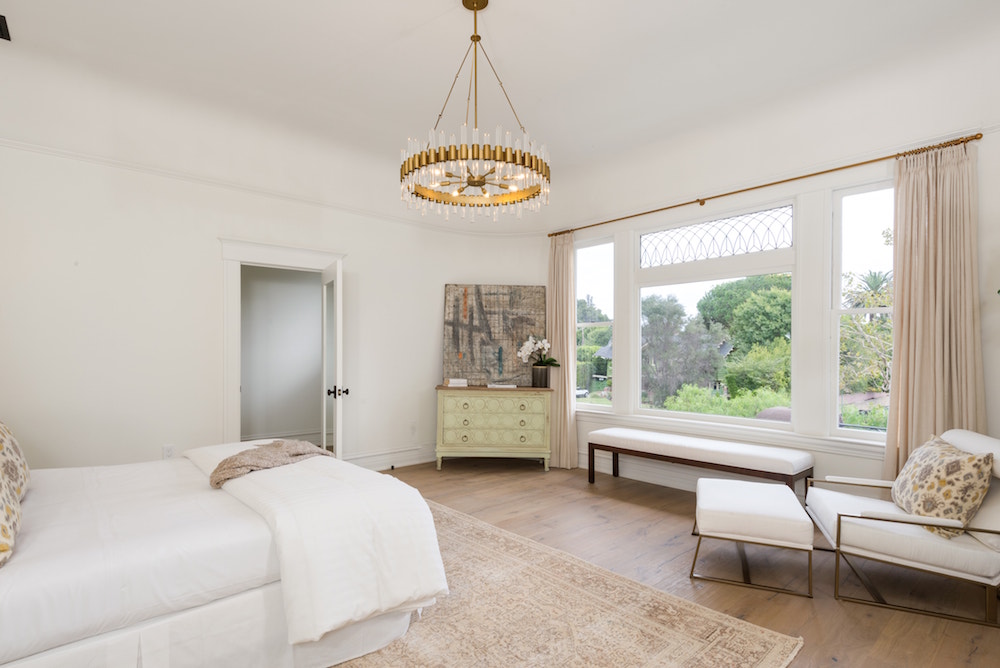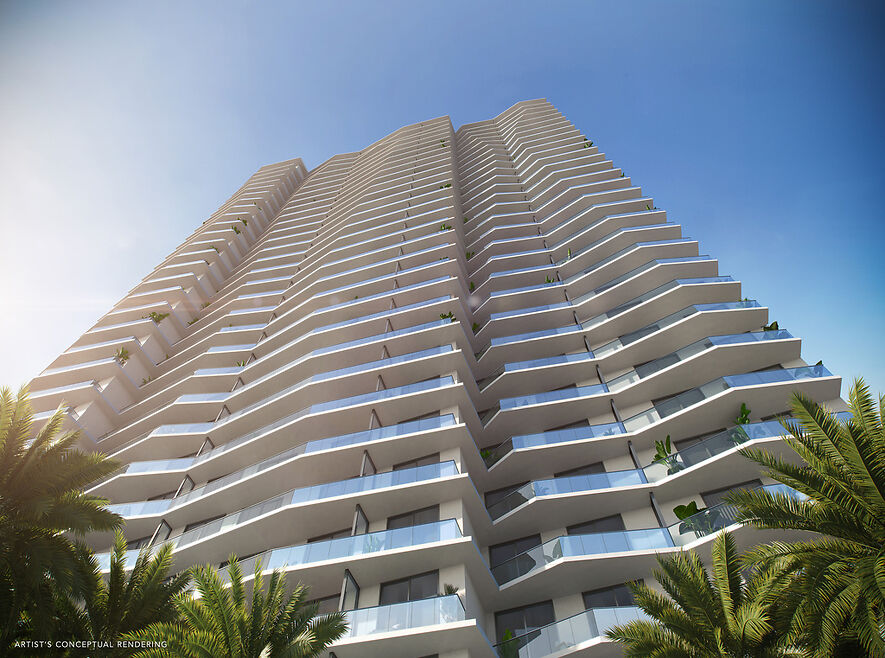637 S. Lucerne Boulevard is rare architectural wonder located in historic Hancock Park, Los Angeles. Originally conceived in 1902 by famed architect John C Austin, known for his work on the Griffith Observatory and the Shrine Auditorium, it has been extensively reimagined by celebrity designer Xorin Balbes, combining authentic turn-of-the-century Victorian architecture with contemporary design and modern convenience. With 7 fireplaces, 8 beds, 10 baths, and over 12,147 square feet of space there is endless room to entertain. In vogue with the turn-of-the-century style are the massive vaulted ceilings, grand entry hall, beautifully intricate woodworking, graceful formal dining room and breakfast nook. John Austin was a prolific architect, and the house’s gothic Victorian exterior offers an elegant contrast to the modernist, art-deco designs Los Angeles is known for.
Entertaining guests should be no problem at all, between the 10 car motor court, fully furnished guest house, gourmet kitchen and butler’s pantry, billiards room/TV lounge, games room and full bar. If that wasn’t enough, the lower level includes a screening room and a wine cellar that leads directly to the landscaped garden, pool, and spa. For the quieter, introspective, days, the home also boasts a full library, yoga and meditation room, home office and den, a laundry room with extensive built-ins, and additional storage rooms.
Walk up the grand staircase and discover the extraordinary master suite, complete with a sunlit master bath and a voluminous walk-in closet. Enjoy any day by yourself or with your guests, and appreciate the open entry hall and rich, natural lighting. This space offers something rare in a city as modern and busy as Los Angeles – History. Built at a time when Hancock Park was nothing but farm land and tar pits, it is a rare precursor to the industrial future Los Angeles was destined to follow. The listing comes in at just under 9 Million and is even qualified for the Mills Act, a tax incentive for the restoration and preservation of qualified historic buildings. In addition, the property qualifies for a charitable conservation easement for additional federal tax benefits.







